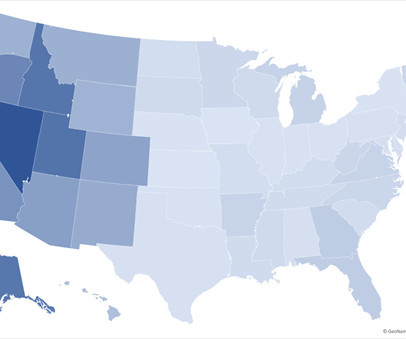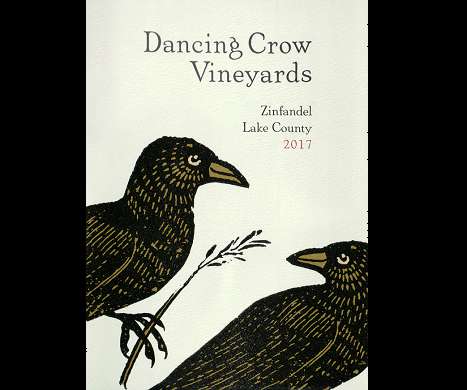A Birder’s Guide to U.S. Federal Public Lands
10,000 Birds
MARCH 5, 2024
In fact, the overwhelming majority of federal land is in just 11 western states (Arizona, California, Colorado, Idaho, Montana, Nevada, New Mexico, Oregon, Utah, Washington, and Wyoming). For example, the federal government owns less than 1% in Connecticut but nearly 80% in Nevada. There is one gigantic outlier: Alaska.
















Let's personalize your content